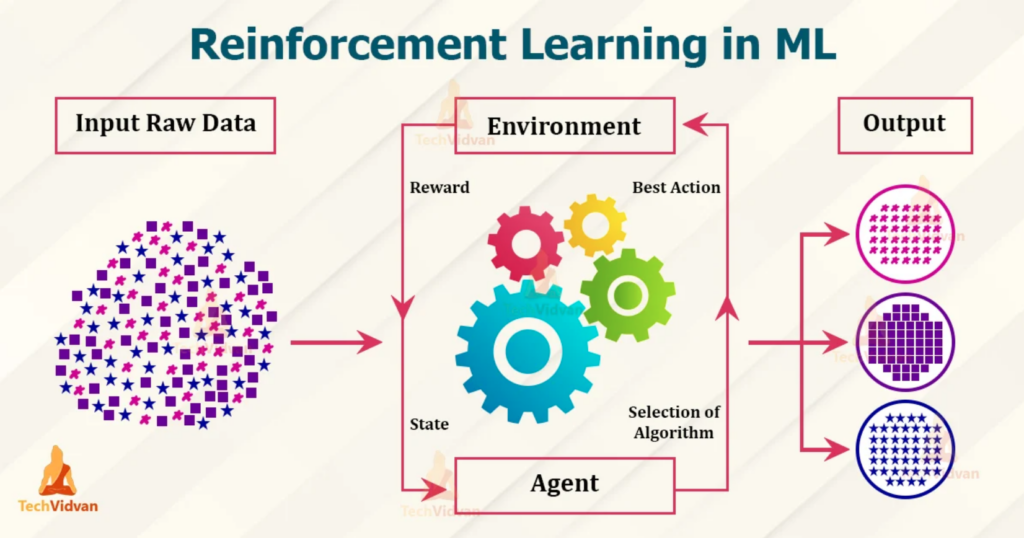PathRAG
(2025-08-27T18:54.044Z)
Perplexity Query
(2025-08-27T18:54
.044Z)
Question:
Write a comprehensive one-page article about "PathRAG".
Response from sonar-pro:
PathRAG: Transforming Knowledge Retrieval with Relational Paths
PathRAG—short for Path-based Retrieval Augmented Generation—is an advanced method in artificial intelligence that enhances how large language models (LLMs) retrieve and synthesize information[1][4]. By leveraging the structure of knowledge graphs, PathRAG identifies key relational paths between concepts, enabling AI systems to produce more accurate, transparent, and contextually rich answers. This approach is significant as it overcomes many limitations of previous retrieval-augmented generation (RAG) systems, driving improvements in a wide range of knowledge-intensive applications.

Understanding PathRAG
PathRAG represents the latest evolution in retrieval-augmented generation, advancing beyond traditional vector-based and graph-based RAGs[2]. In standard RAG, LLMs supplement their responses by referencing external knowledge bases—often relying on simple keyword search or vector similarity[3]. However, this approach can overlook deeper relationships or introduce noise, especially when precise context is crucial.
PathRAG addresses this by utilizing a knowledge graph—a network where nodes represent entities (e.g., people, events, papers) and edges represent their relationships (e.g., authored-by, cites, causes)[1]. When the user poses a question, PathRAG algorithmically extracts the most relevant relational paths—sequences of linked nodes and edges—that connect pertinent concepts. These paths are then translated into text prompts to guide the LLM, ensuring the generated answer is both rich in context and grounded in authoritative connections.
Practical Examples and Use Cases
- Research Assistance: Imagine a researcher seeking how a medical breakthrough is connected to a historic scientific discovery. PathRAG can retrieve a chain such as “Scientist X studied under Y, published on Z, leading to Treatment A”—capturing nuanced, multi-hop relationships[4].
- Legal Document Analysis: Lawyers use PathRAG to trace complex links between regulations, case precedents, and legal concepts, enabling deep-dive, auditable searches into vast legal corpora[4].
- Multi-Hop Question Answering: In academic settings, PathRAG can answer questions that traverse several layers of reasoning, such as tracing the influence of a particular theory across multiple scientific fields[4].
- Enterprise Knowledge Management: Corporations employ PathRAG to connect information across departments, regulations, and historical decisions, preserving institutional memory and enabling compliance tracking[4].
Benefits and Potential Applications
- Higher Precision & Transparency: By explicitly mapping information flows through relational paths, PathRAG reduces irrelevant or noisy retrievals and improves source attribution[1][2].
- Contextual Understanding: The approach enables nuanced, context-aware answers—beneficial for domains that require reasoning over connected facts rather than isolated snippets.
- Wide Applicability: PathRAG is especially powerful in environments rich with structured knowledge, such as healthcare, legal, academic, and large enterprises[4].
Challenges and Considerations
- Graph Construction: Building and maintaining comprehensive, up-to-date knowledge graphs remains a challenge, particularly at scale[1].
- Algorithmic Complexity: While PathRAG’s pruning algorithms are efficient, extensibility to deep neural network-based graph reasoning could further improve performance but also heighten computational requirements[1].
- Evaluation Metrics: Current benchmarks often use relative rather than absolute metrics, presenting challenges for standardized performance assessment[1].

Current State and Trends
PathRAG has emerged from leading research institutions, including Beijing University of Posts and Telecommunications, and is open-sourced for the developer community[1][2][4]. Initial experiments show that PathRAG consistently outperforms traditional RAG and even previous graph-based approaches (e.g., LightRAG, GraphRAG) across diverse datasets—agriculture, law, history, computer science, and biology[1][2]. Key supporting technologies include graph databases (Neo4j, ArangoDB), vector stores (Pinecone), and hybrid storage solutions tailored for both experimental and production environments[4].
Recent developments center around optimizing the indexing graph construction process, expanding datasets, and introducing new evaluation metrics to measure quality and relevance[1]. The community is also exploring integration with domain-specific applications and considering substructures beyond simple paths.

Future Outlook
The future for PathRAG is promising. Anticipated advances include automated graph enrichment, deep learning-based relational reasoning, and broader adoption across industries that demand robust, explainable AI systems. As more organizations realize the value of context-aware, auditable knowledge retrieval, PathRAG could become a foundational tool for knowledge management, cutting-edge research, and regulatory compliance.
In summary, PathRAG sets a new standard for retrieval-augmented AI by combining the depth of knowledge graphs with the flexibility of language models. With continuous innovation and adoption, PathRAG is poised to drive the next era of transparent, context-rich AI-powered knowledge discovery[1][2][4].
Citations
[1]: 2025, May 26. PathRAG: Pruning Graph-based Retrieval Augmented Generation .... Published: 2025-02-18 | Updated: 2025-05-26
[2]: 2025, Jul 01. . Published: 2025-02-26 | Updated: 2025-07-01
[3]: 2025, Aug 27. What is RAG? - Retrieval-Augmented Generation AI Explained - AWS. Published: 2025-07-18 | Updated: 2025-08-27
[5]: 2025, Aug 08. Artificial Intelligence in Pathology: A Simple and Practical Guide. Published: 2020-11-08 | Updated: 2025-08-08